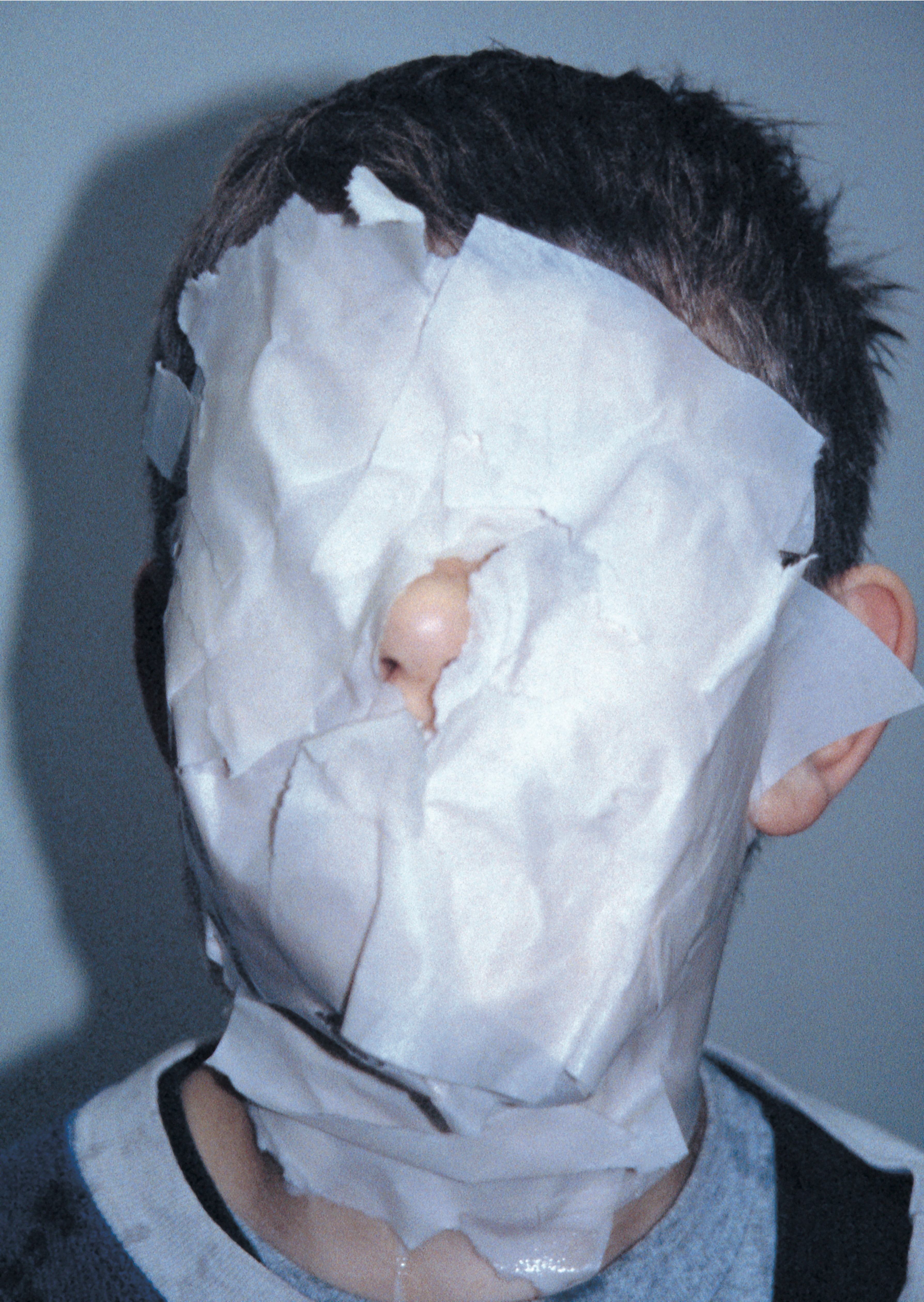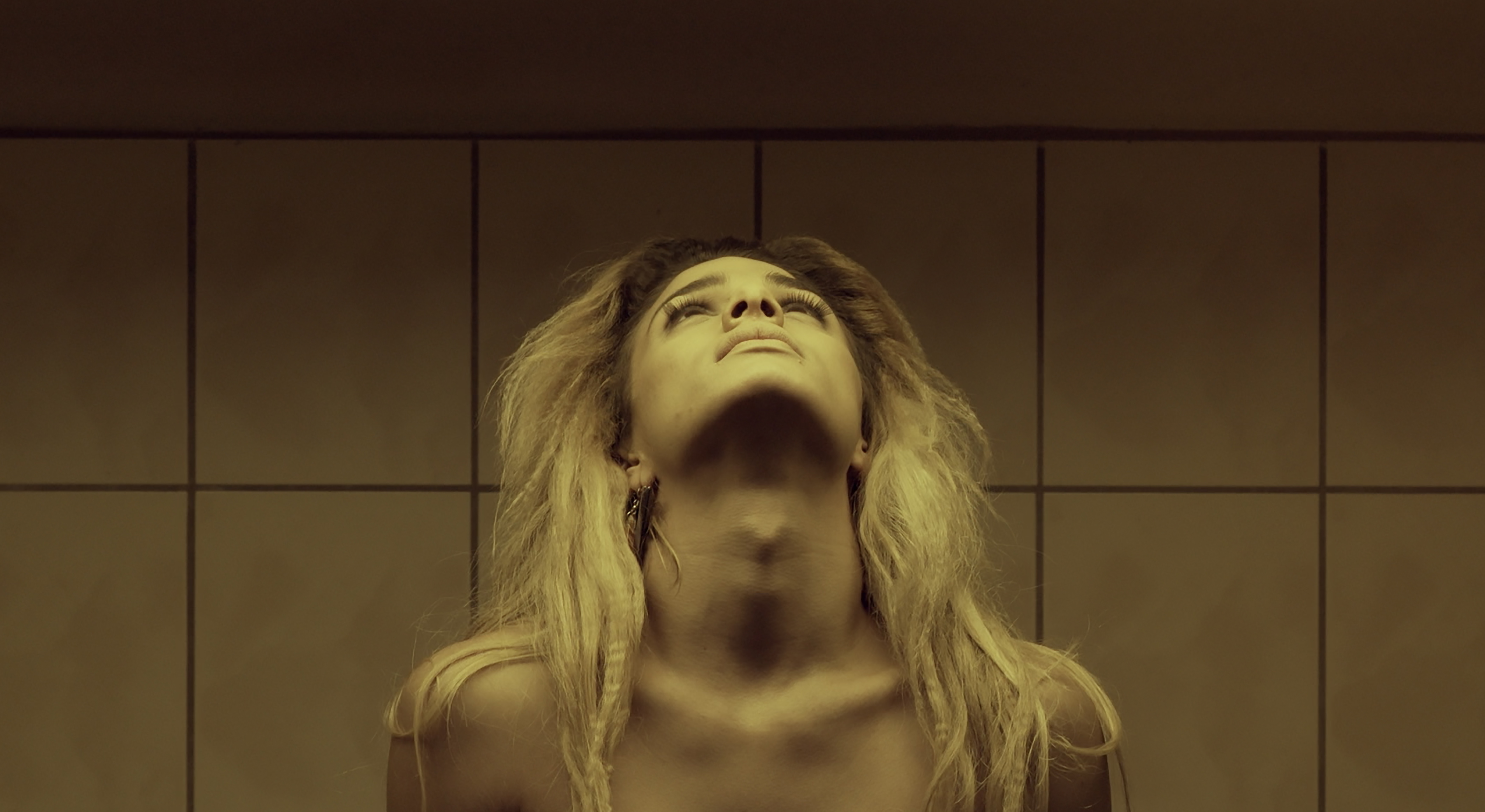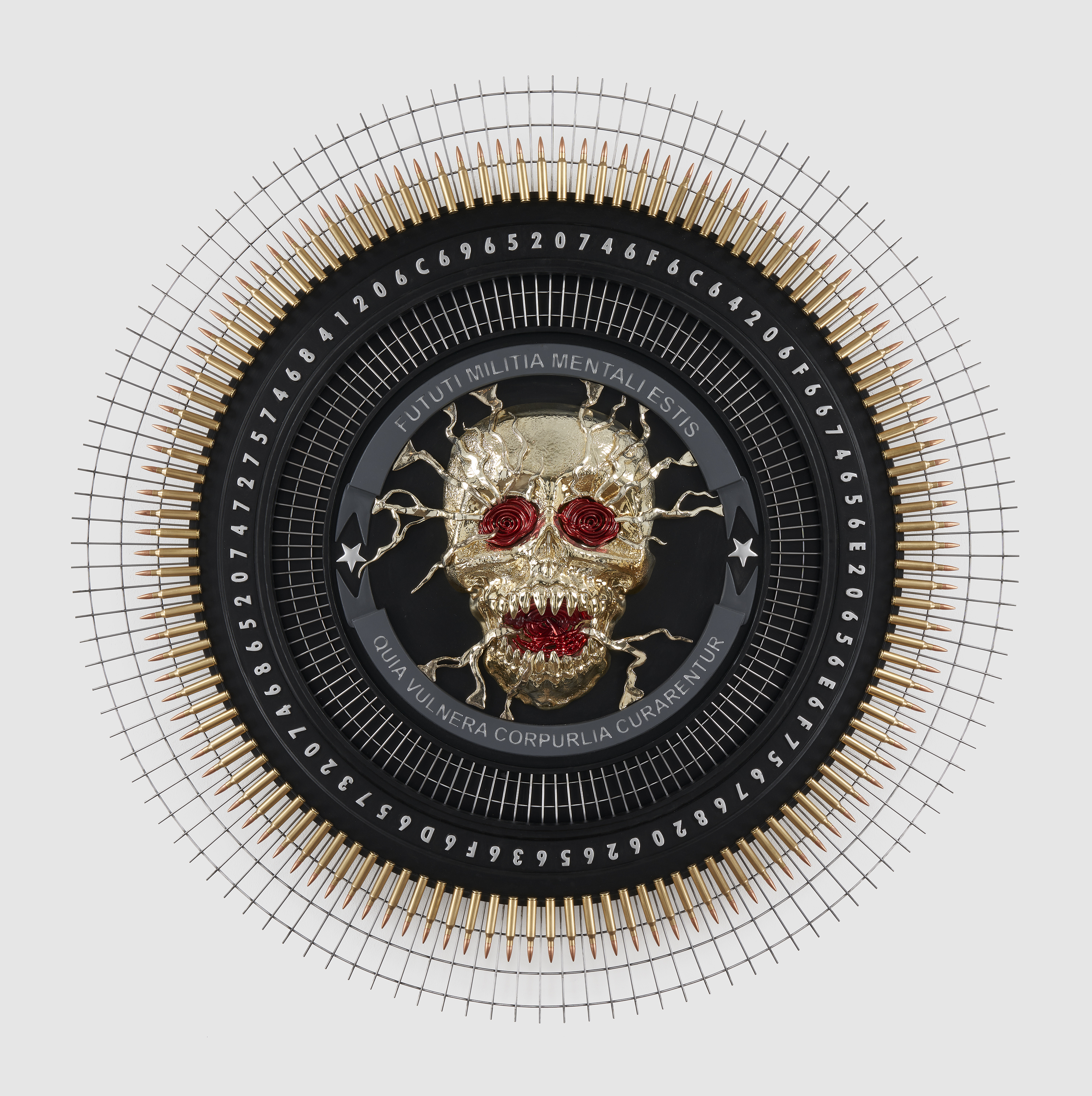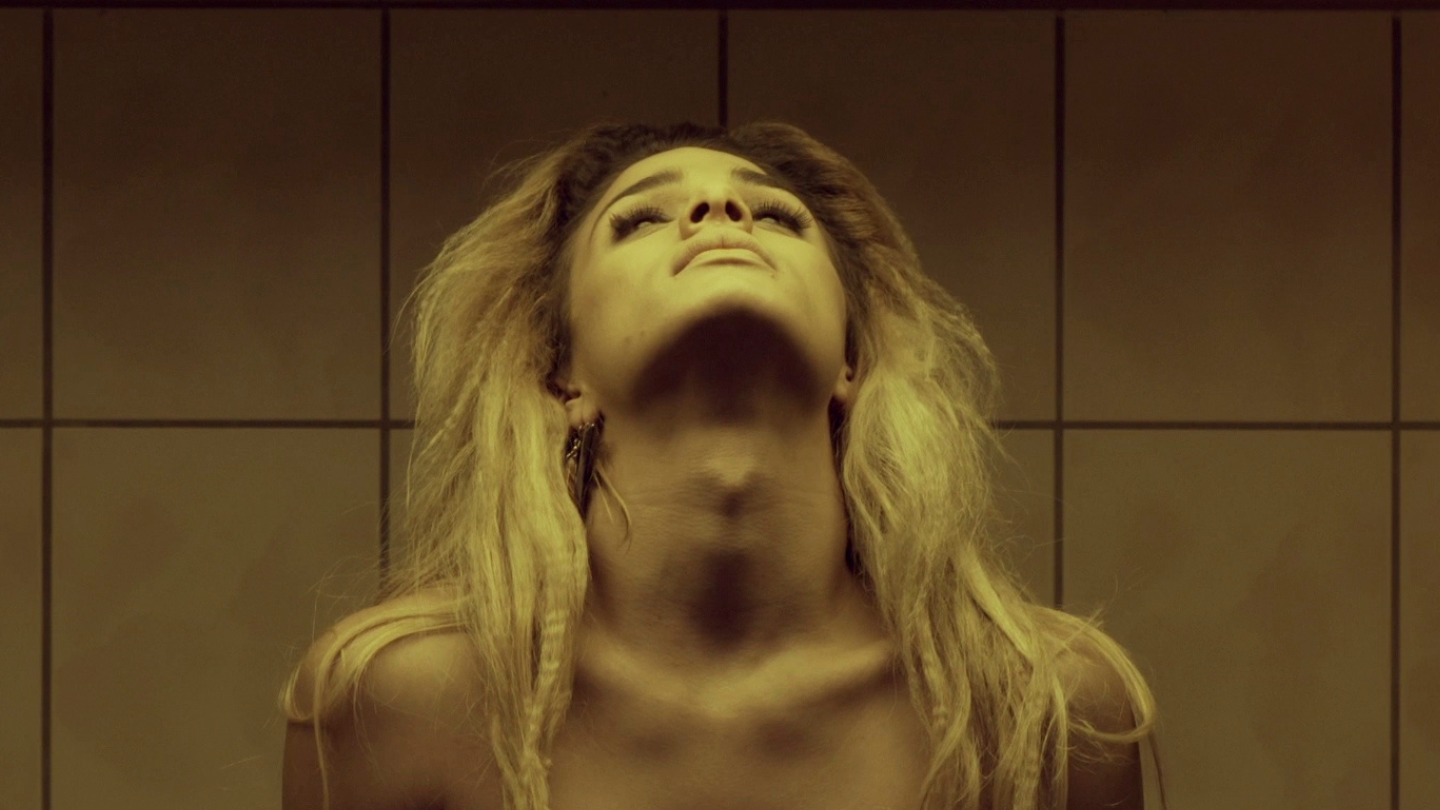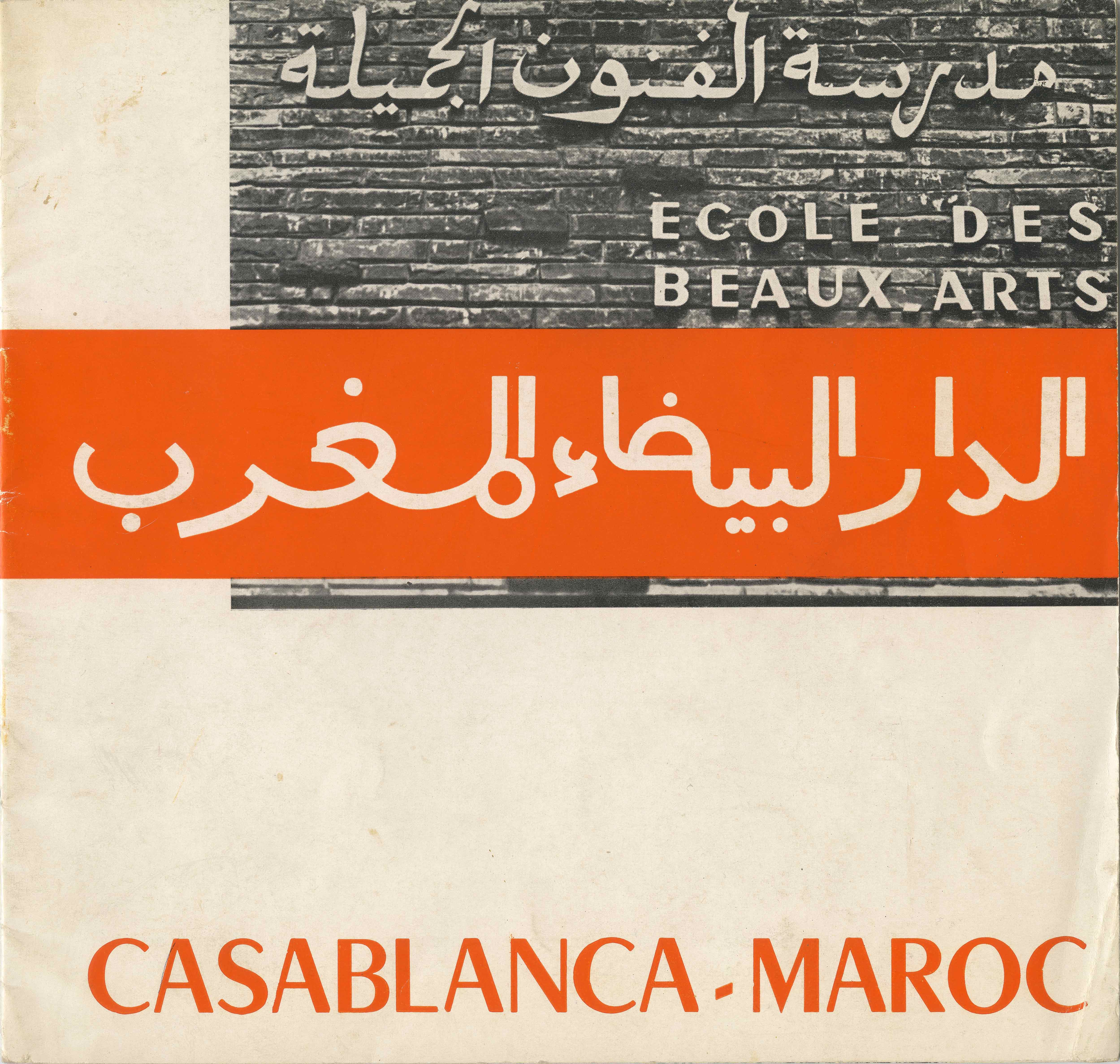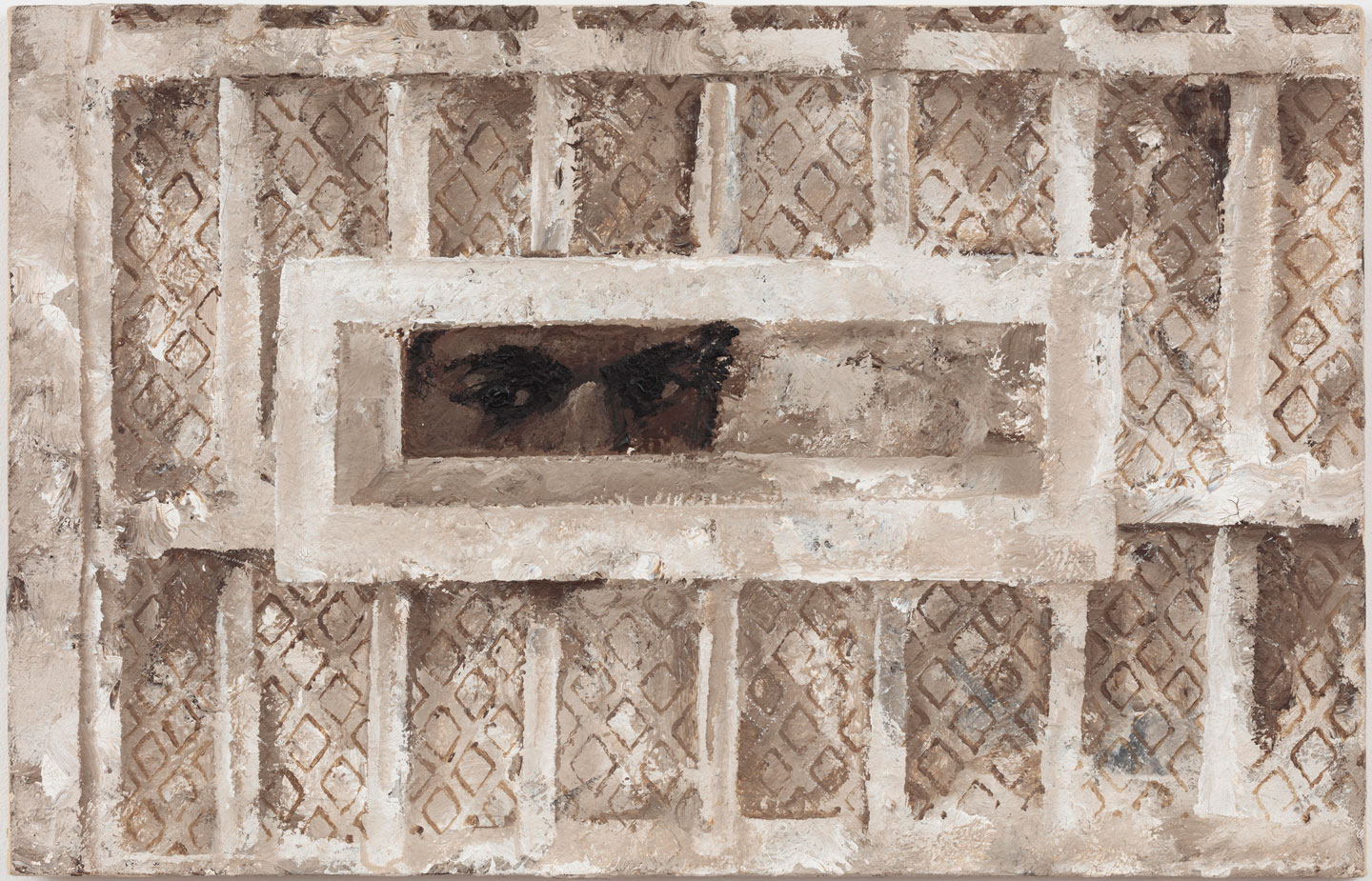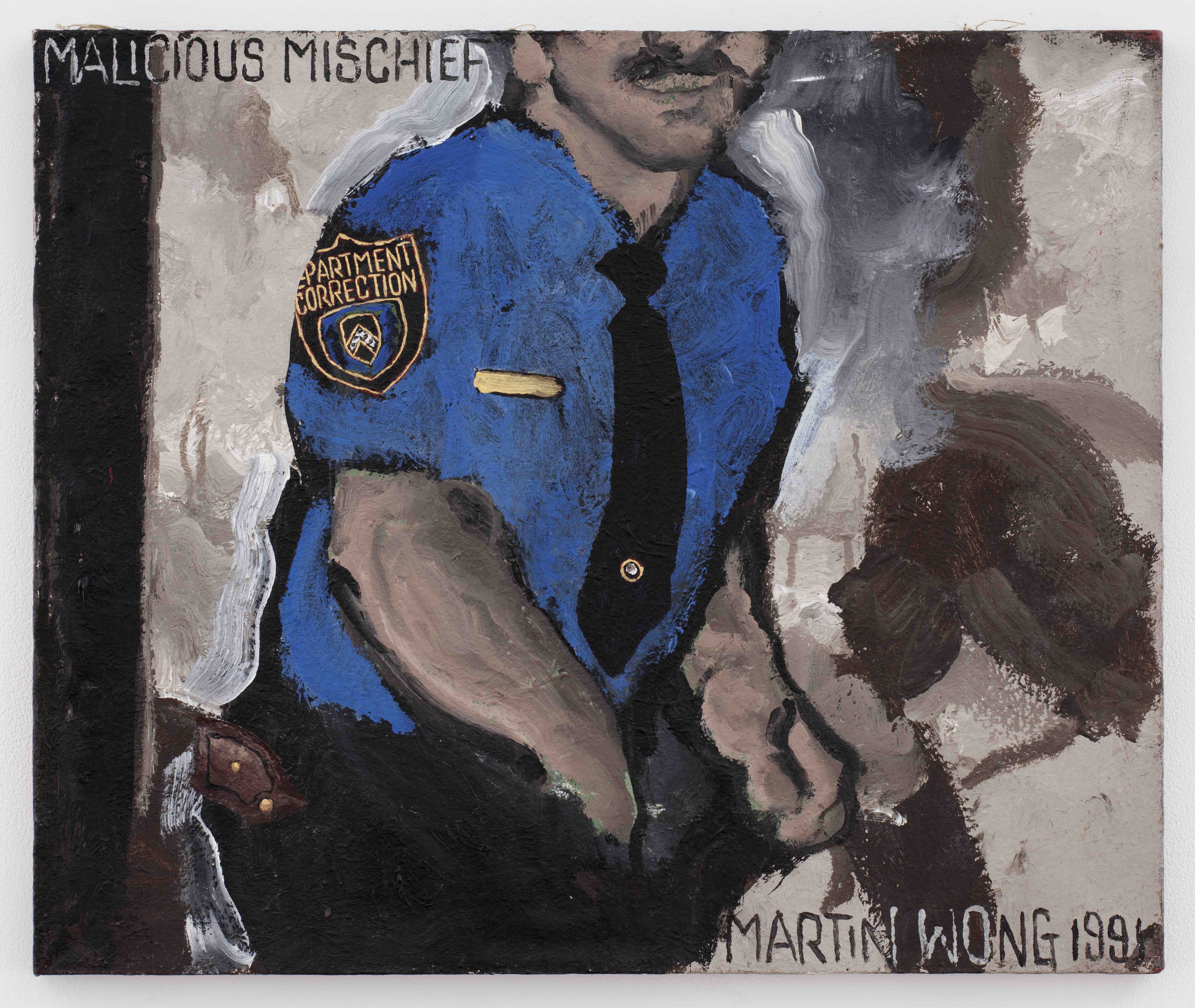February 19–May 1, 2022
Auguststraße 69
10117 Berlin
Germany
Hours: Monday, Wednesday and Friday–Sunday 11am–7pm
Thursday 11am–9pm
T +49 30 24345941
press@kw-berlin.de
KW Institute for Contemporary Art are pleased to announce the program for spring 2022, which reflects on the construction of history and reality by introducing new models of narration. Peter Friedl, Rabih Mroué as well as Oraib Toukan use theatrical and cinematic methods to create a critical intimacy that questions the mechanisms of how we see and speak.
Peter Friedl: Report 1964–2022
February 19–May 1, 2022
Curator: Krist Gruijthuijsen
Assistant curator: Léon Kruijswijk
Report 1964–2022 is Peter Friedl’s (b. 1960) most extensive institutional survey in Germany to date. Adopting a variety of genres, media, and forms of display, Friedl’s works seek to explore the construction of history and the concepts within our political and aesthetical consciousness. His artistic practice is aimed at creating new models of narration in which time, permanent displacement, and critical intimacy all play a central role. Friedl often refers to and employs theatrical representation and poetics in his works (e.g., scale models, tableaux vivants, props, puppet theatre, restaging) to highlight hidden or overlooked mechanisms intrinsic to historiography, language, and cultural identities. Archival rigor is the key organizational strategy behind some of his long-term projects, which have strict chronology and other principles of order call into question notions of visibility and context. Drawing as a lyrical voice, which documents and comments on both personal and socio-political histories, is equally important in Friedl’s oeuvre. As a monographic exhibition, Report 1964–2022 brings together works from five decades. Its title stems from an eponymous video installation that Friedl created for documenta 14, which explores the permeability of language and the boundaries of identity. The exhibition is accompanied by a written publication containing existing as well as newly commissioned essays on the artist’s work written over the past twenty years.
Schering Stiftung Award for Artistic Research 2020
Rabih Mroué: Under the Carpet
February 19–May 1, 2022
Curator: Nadim Samman
Assistant curator: Sofie Krogh Christensen
Rabih Mroué (b. 1967, Lebanon) is the 2020 recipient of the Schering Stiftung Award for Artistic Research. Mroué’s acclaimed body of work that span theatre, visual arts, and literature. Working at the intersection of personal and political history, media criticism, and concepts of authorship, his oeuvre is an interrogation of the ways we see and speak. Under the Carpet features eight newly commissioned pieces that are set within a constellation of works that spans 20 years.
The Award for Artistic Research has grown out of the Schering Stiftung Art Award, which was awarded biannually to international artists between 2005 and 2018. In 2019, the award was redesigned together with the Berlin Senate Department for Culture and Europe. The 2020 edition of the Award for Artistic Research is the sixth time that Schering Stiftung has collaborated with KW Institute for Contemporary Art.
Oraib Toukan: What Then
February 19–May 1, 2022
Co-Curators: Krist Gruijthuijsen and Léon Kruijswijk
KW Institute for Contemporary Art invites artist and scholar Oraib Toukan (b. 1977, US) to present two new films stemming from her long-standing research on “Cruel Images.” Her research-practice has been committed to exploring the line between looking at and looking away from mediated images of violence.
Using post-production as a medium, Toukan works with photography, film, text, and speech to study the complexity of representing encounters with violence. By pitting images of the tender and the mundane against the horrific in one work, or re-editing discovered & restored archival images of bodies in struggle, she asks: what lies outside the frame of suffering?
The title of the exhibition is borrowed from Jabra Ibrahim Jabra's verse What Then, What do we do with our Love (1974), and honors the condition of being distant in space, and distant in time, to calamity. Her works depart the much-cited dichotomy of outcry and indifference back to the function of looking. Toukan proposes instead more relational readings—from other situatedness’ of observing violence.

